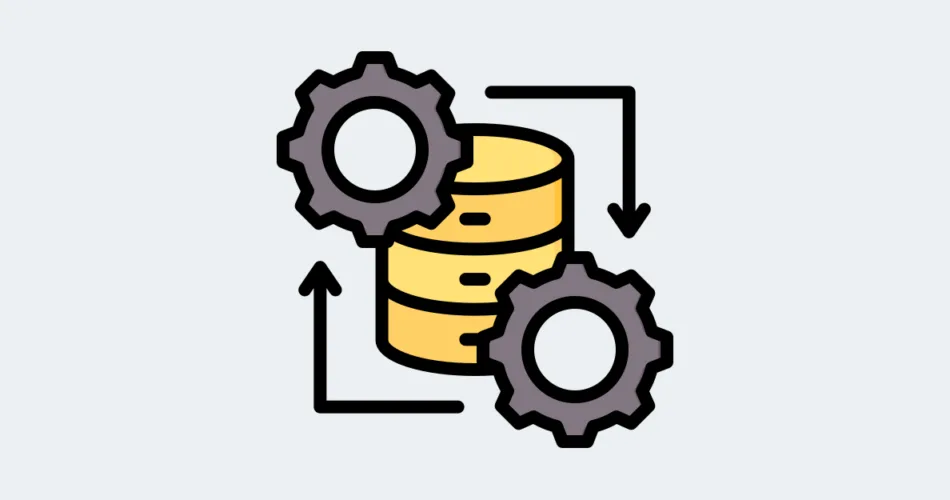Batch processing is a powerful technique used in data-intensive applications to optimize database operations. It involves executing multiple SQL statements as a batch, significantly reducing the number of round-trips between your application and the database. This can lead to substantial performance improvements and is particularly useful when dealing with large datasets. In this guide, we’ll explore how to leverage batch processing in Java to enhance the efficiency of your database operations.
Why Batch Processing?
When dealing with databases, each SQL statement execution involves communication between the application and the database server. This communication overhead can become a bottleneck, especially when dealing with thousands or millions of records. Batch processing addresses this issue by bundling multiple SQL statements together and sending them to the database in a single batch.
Using Batch Processing in Java
Let’s take a look at an example of how to use batch processing in Java to insert multiple records into a database:
public void insertUsersBatch(Connection connection, List users) throws SQLException {
String sql = "INSERT INTO users (username, email) VALUES (?, ?)";
try (PreparedStatement statement = connection.prepareStatement(sql)) {
for (User user : users) {
statement.setString(1, user.getUsername());
statement.setString(2, user.getEmail());
statement.addBatch(); // Add the statement to the batch
}
statement.executeBatch(); // Execute the batch
}
}
In this example, we loop through a list of user objects and add each user’s information to the batch using the addBatch() method. After adding all the statements to the batch, we execute them together using executeBatch(). This significantly reduces the overhead associated with individual insert statements, resulting in improved performance.
Benefits of Batch Processing
Batch processing offers several benefits that make it a valuable technique in database operations:
- Reduced Round-Trips: Batch processing reduces the number of round-trips between the application and the database, leading to improved efficiency.
- Improved Performance: By executing multiple statements in a single batch, you can achieve better performance, especially when dealing with large datasets.
- Optimized Database Resources: Database systems can optimize the execution of batched statements, resulting in better resource utilization.
- Less Locking Overhead: Batch processing can reduce locking overhead, as the statements are executed together, minimizing the time spent waiting for locks.
Considerations and Best Practices
While batch processing offers significant advantages, it’s important to keep some considerations and best practices in mind:
- Batch Size: The optimal batch size depends on factors like the database system, network latency, and available memory. Experiment with different batch sizes to find the best performance.
- Error Handling: When executing a batch, some statements may fail. It’s crucial to handle errors appropriately and ensure that the batch execution is rolled back in case of failure.
- PreparedStatement: Use
PreparedStatementto build parameterized statements in the batch. This helps prevent SQL injection and enhances security.
By incorporating batch processing into your Java JDBC applications, you can achieve significant performance improvements and optimize data manipulation tasks. Whether you’re inserting, updating, or deleting records, leveraging batch processing is a valuable technique that can lead to more efficient and responsive applications.
Subscribe to our email newsletter to get the latest posts delivered right to your email.


Comments